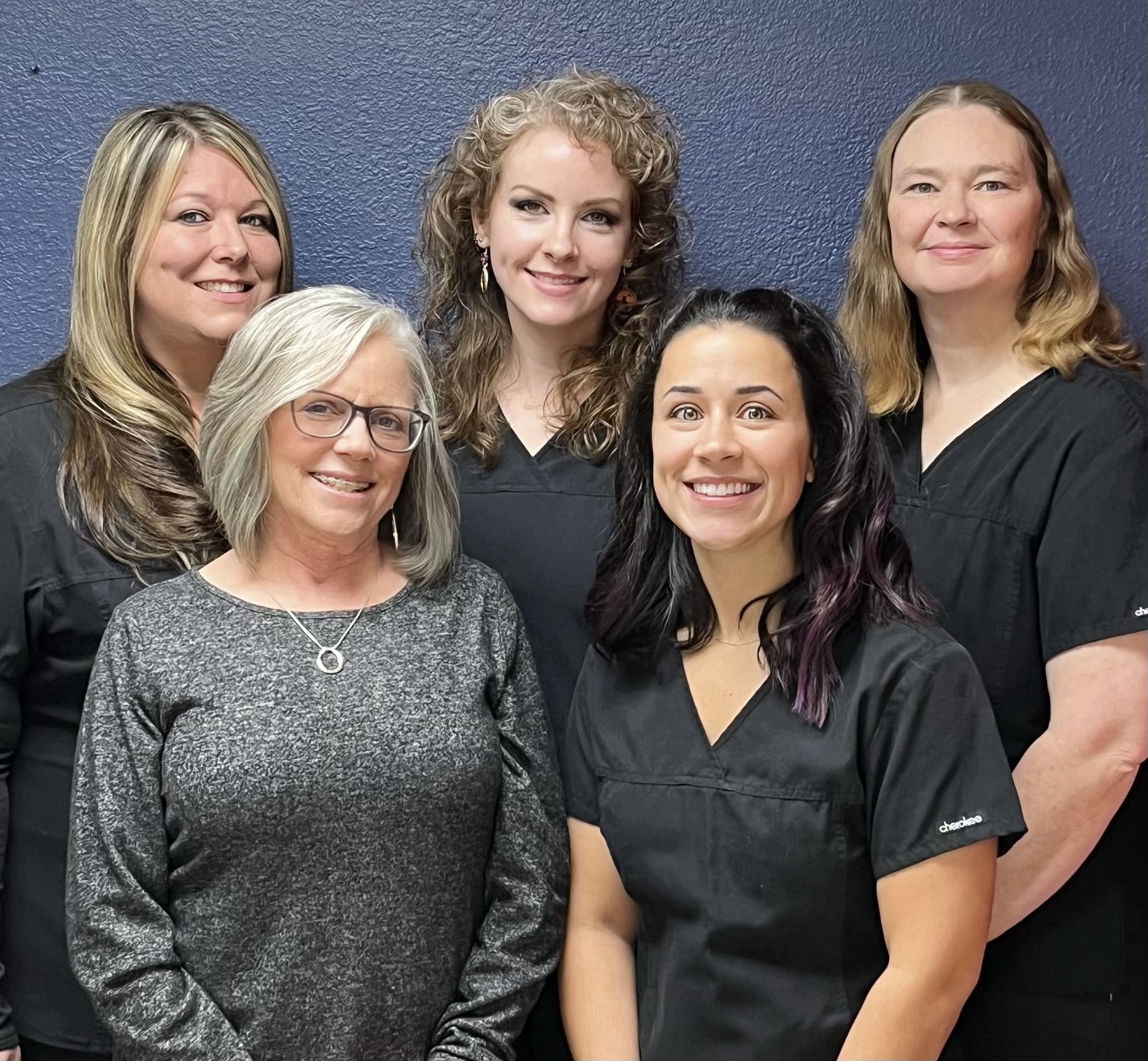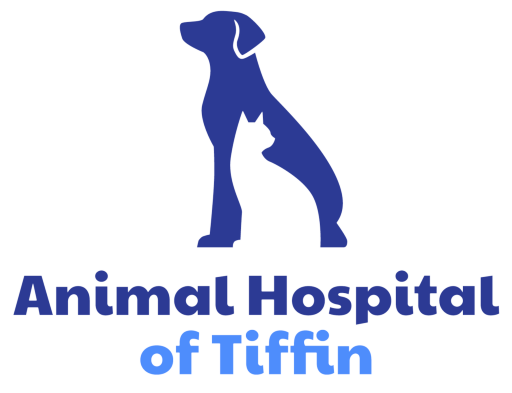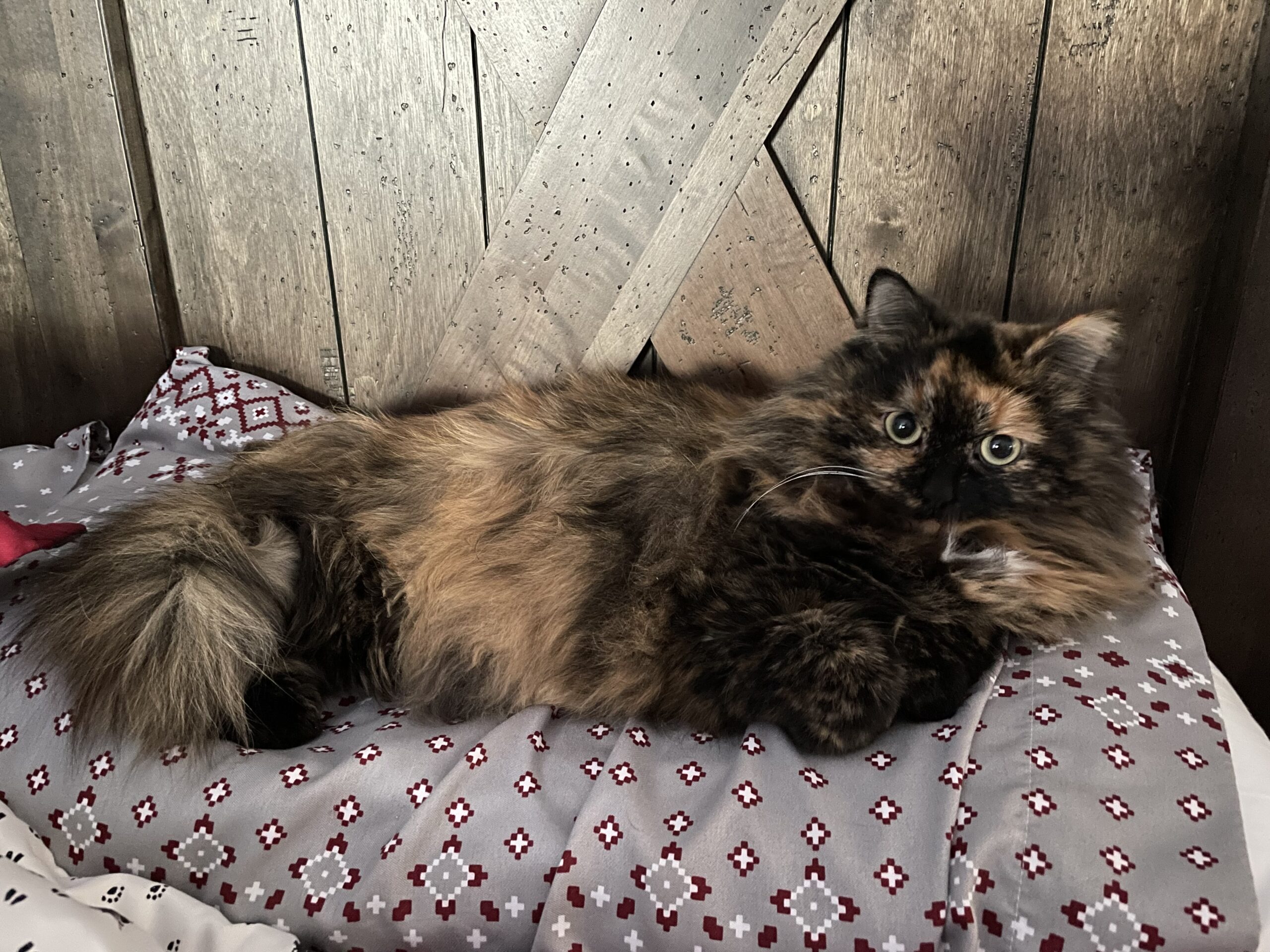Welcome to Animal Hospital of Tiffin
At Animal Hospital of Tiffin, we are pleased to provide the highest-quality pet care. Scroll below to see more of an offering of our services!
Real Testimonials from Real Clients
Veterinary Services
Exams, surgery, dentistry, boarding & more.
Online Pharmacy
Food, medication, and more with free delivery.
Pet Wellness Care
About Us
You want the best for your pet, so regular veterinary care is critical. At Animal Hospital of Tiffin, we provide a wide array of services to care for your dog, cat, or another small animal. As a top veterinarian in Tiffin, OH, we’re here to provide diagnostics and learn more about your pet to provide excellent care. We ensure to address any health concerns, whatever it is affecting your pet. After all, we understand that your pet is a member of your family – and we want to keep your pet around for many years to come.
Our Veterinary Team
When seeking a veterinarian in Tiffin, Ohio, you won’t find a better team than we have at the Animal Hospital of Tiffin. Our team is compassionate, knowledgeable, and loves animals.

Our Veterinary Services
Regular veterinary care is important. The Animal Hospital of Tiffin provides a wide array of services to care for your dog and cat. We provide diagnostics and educate and learn about your pet to keep them happy, healthy, and around for many years. We understand that your pet is an important member of your family.
Real Reviews From Real Clients
Read real testimonials from real customers who have made Animal Hospital of Tiffin one of the highest-rated veterinary facilities in Tiffin, OH.





